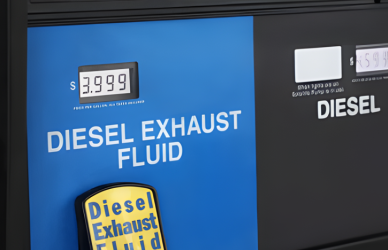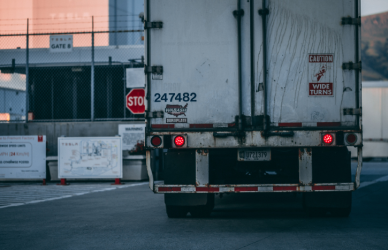Speed limits on the nation’s highways are in the spotlight as several states embark on legislative journeys to revise existing rules. At least six states nationwide have introduced legislation to modify speed limits, prompting discussions on safety, uniformity, and the efficiency of traffic flow.
The Owner-Operator Independent Drivers Association (OOIDA) remains engaged in the dialogue, advocating for safer roadways without necessarily endorsing specific speed limits. Here is an overview of each state and their possible speed limit revisions.
Indiana: Indiana grapples with the debate over speed limit differentials for cars and trucks. Rep. Mike Aylesworth’s bill, HB1055, aims to eliminate this distinction on rural stretches of interstate and the Indiana Toll Road. Proponents argue that uniform speed limits enhance traffic flow, while opponents, including the Indiana Motor Truck Association, express concerns about safety.
Conversely, Rep. Ben Smaltz introduces HB1308, proposing an increase in the maximum speed limit for passenger vehicles on rural interstates from 70 mph to 75 mph. This move widens the speed gap between cars and trucks, prompting discussions on potential safety implications.
Maryland: Del. Ken Kerr introduces HB278, focusing on urban state highways in Maryland. The bill empowers the Maryland State Highway Administration to decrease maximum speed limits by 5 mph without requiring an engineering and traffic investigation. The House Environment and Transportation Committee will delve into this proposal on Feb. 8.
Michigan: In Michigan, Rep. Bradley Slagh sponsors HB4012 to address perceived flaws in setting local roadway speed limits. The bill offers flexibility in rounding down the 85th percentile speed when necessary and streamlines the process of altering speed limits based on traffic engineering practices. This initiative aims to create a more nuanced approach to speed limit adjustments.
New Jersey: Sen. Declan O’Scanlon puts forth S1652, advocating for the use of the 85th percentile formula to set speed limits on limited access highways in New Jersey. This approach relies on empirical studies rather than subjective decisions by politicians, fostering smoother traffic flow and minimizing arbitrary rule enforcement.
New York: New York contemplates increasing the speed limit for both cars and trucks on interstate highways. Bills S2209 and A5044 propose authorizing speeds of 70 mph, aligning the state with many others that have embraced higher speed limits. The bills await consideration in their respective transportation committees.
North Carolina: North Carolina gears up for legislative discussions with H386, a bill seeking to boost the speed limit on the state’s fastest roadways. The proposal grants the state Department of Transportation authority to raise the speed limit to 75 mph on applicable highways, aligning with the perceived speeds already practiced by many drivers.
Oklahoma: In Oklahoma, HB3894 addresses speed limits on rural interstate highways and turnpikes. The bill proposes a 65-mph minimum speed limit for affected controlled-access highways, aiming to establish a consistent pace for efficient traffic movement.
The ongoing dialogue about speed limits reflects a commitment to enhancing roadway conditions. The outcomes of these proposed speed limit revisions will shape the future of highway regulations across the nation. Stay tuned as these states navigate the complexities of speed limit adjustments in the pursuit of safer and more streamlined travel experiences for everyone.
Source: Land Line











